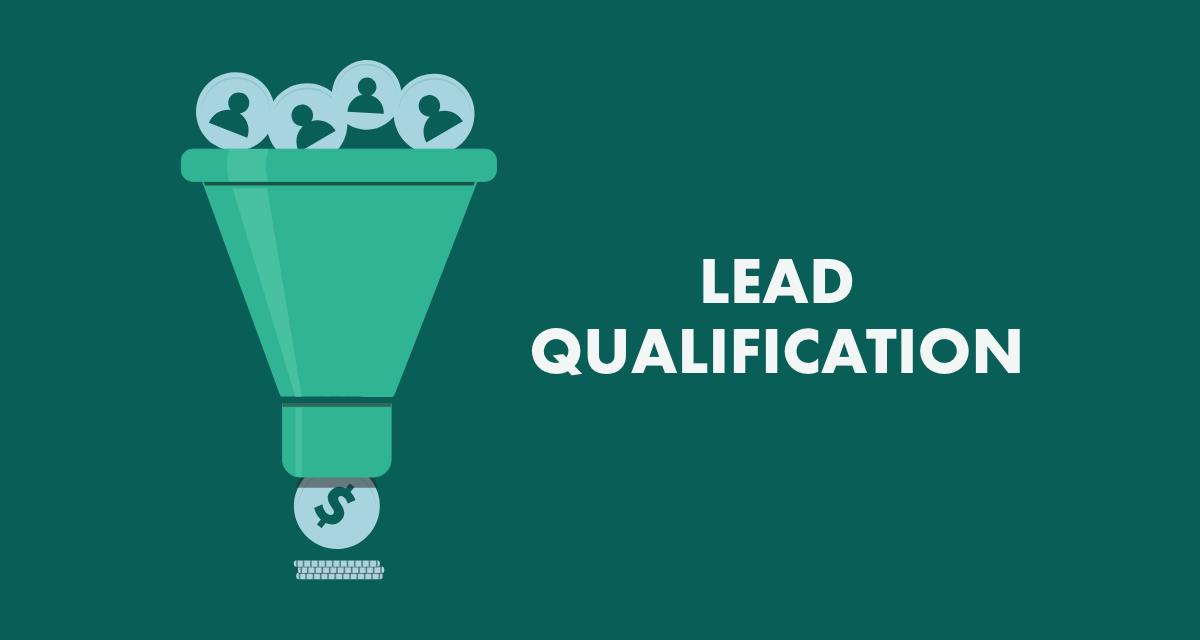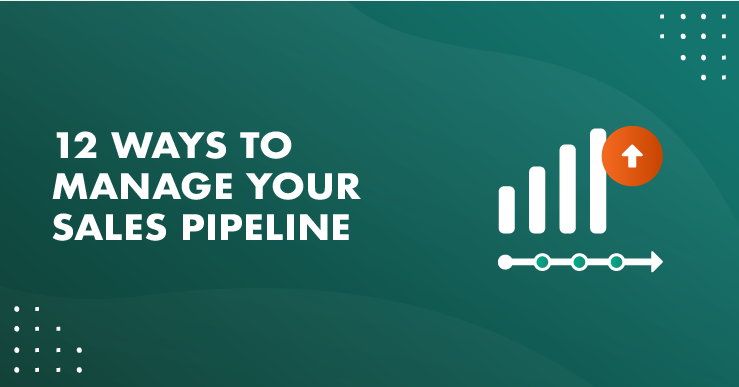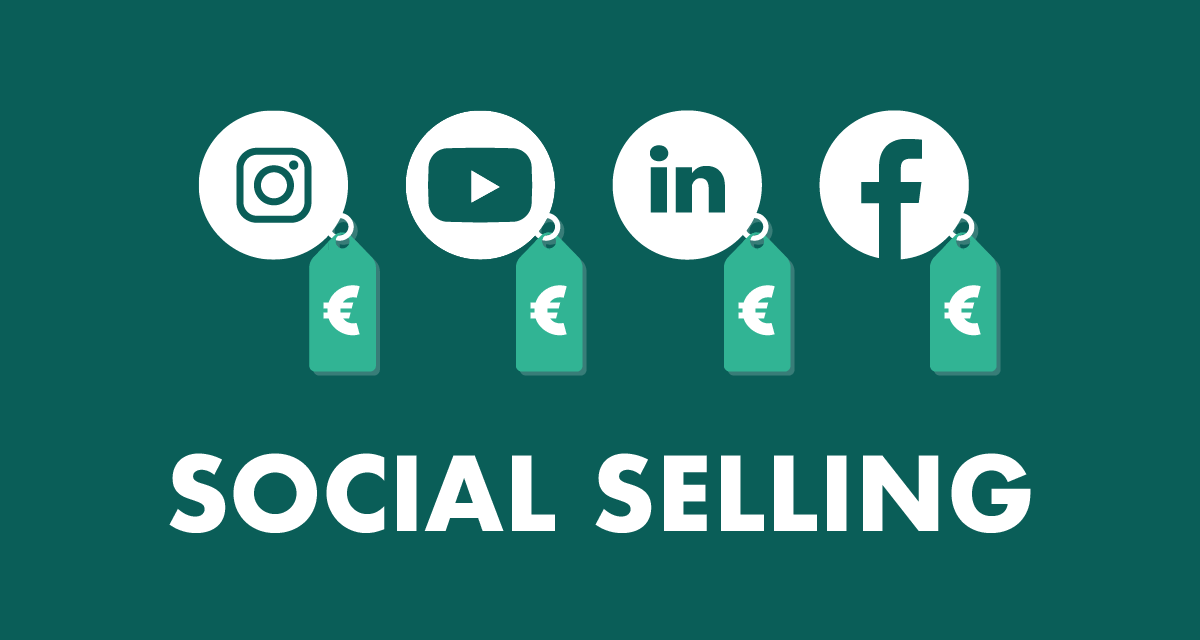46% of sales representatives say lead quantity and quality is their top challenge, which is hardly surprising. While generating a thousand leads with a targeted campaign isn’t a big deal, generating a thousand qualified leads is quite another matter.
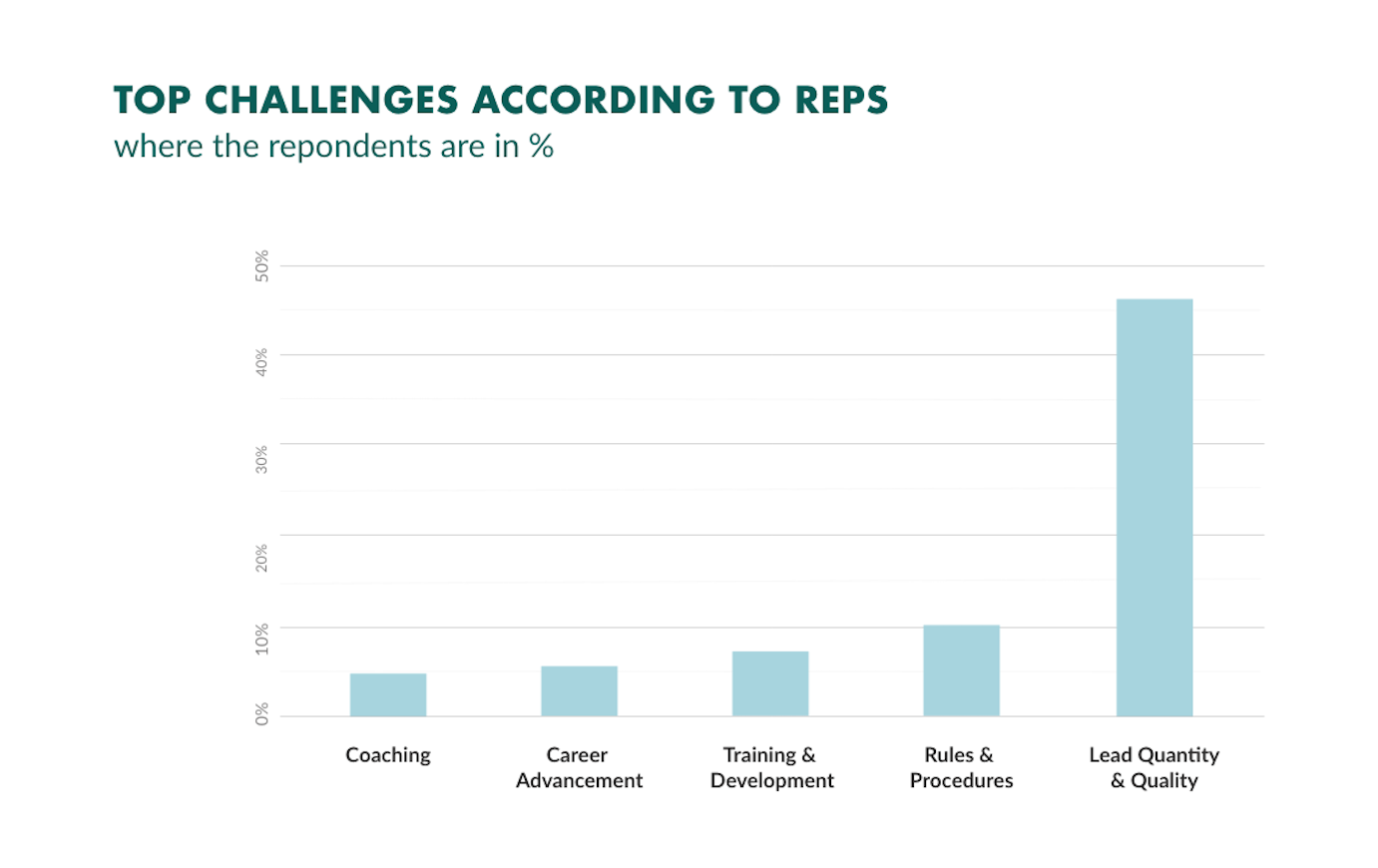
A qualified lead is a person who has not only left their contact details on your website, but is also likely to become your client or customer.
67% of lost sales are a result of salespeople not properly qualifying their leads before interacting with them. The consequences of not having a plan for lead qualification have a direct impact on your sales pipeline, which means you can’t afford to skip this step.
How do you know whether a lead is qualified or not?
Typically, you can’t judge it by the very first interaction with a prospective customer. To qualify a lead, you need to collect information first.
In the article, we’ll explain the process of lead qualification and share 18 questions you should get the answers to during your interactions with leads – be it a survey sent in an email campaign or questions asked in the discovery call.
Understanding lead qualification
Since lead qualification is at the core of the sales process and determines its effectiveness, it’s critical to understand the essence of the practice and keep its benefits in mind.
What is lead qualification?
Lead qualification is a process aimed at determining the likelihood that a lead will eventually convert into a paying customer.
Salespeople’s further activities depend on the results of this process.
What steps should a follow-up strategy include to sound more convincing for this specific person? This and other questions can be answered after you effectively qualify your leads.
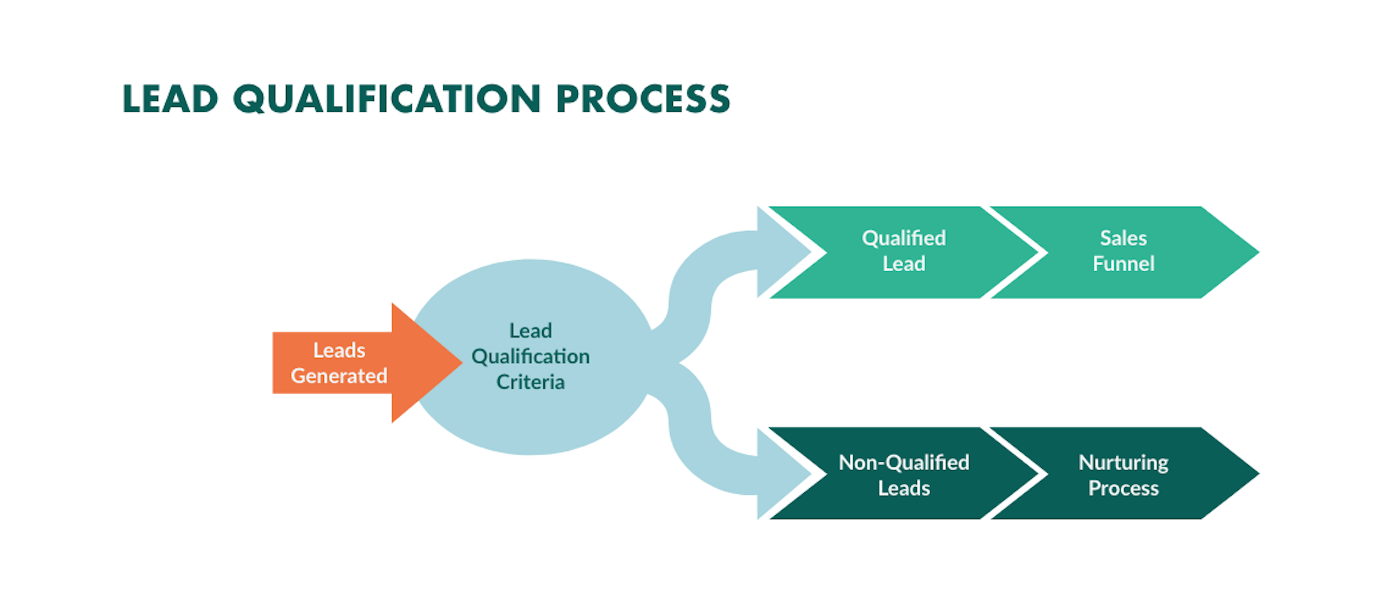
As a result of lead qualification, you’ll be able to group contacts in three categories: hot leads, warm leads, and low-quality leads. This way you can determine which leads your sales reps should pay their attention to the most, and which leads are still to be nurtured by your marketing team.
The benefits of lead qualification
Right, determining lead quality helps to build more effective communication with potential customers.
But how exactly does lead qualification contribute to the sales cycle?
- It ensures better personalization. The process allows you to segment leads based on their characteristics and personalize email campaigns.
- When understanding the quality of a specific lead, a sales rep can prioritize leads in their pipeline and invest their time in building a relationship with people who are most likely to purchase.
- It increases close rates. Even qualified leads are not equally interested in making a purchase. A clear understanding of leads’ priorities and concerns will help you approach them with messages that appeal to them and close deals faster.
But, best of all, lead qualification saves your time.
At least 50% of prospects will never be qualified to buy from you. And now imagine how your sales team can use the time they don’t waste on calling people who aren’t a good fit in the first place!
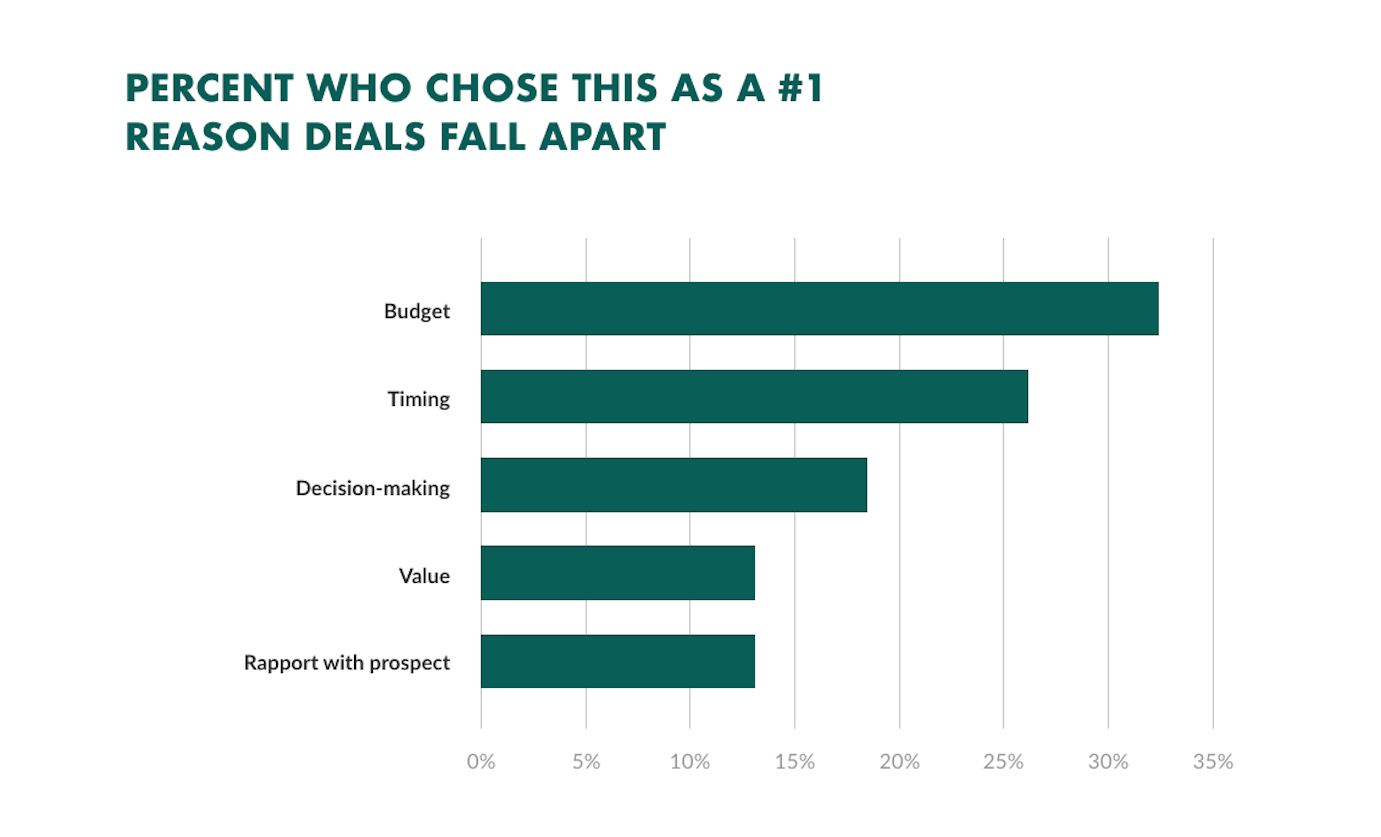
Lead qualification vs Lead scoring
You might have seen the terms ‘lead qualification’ and ‘lead scoring’ being used interchangeably.
It’s not completely unreasonable, but there’s a difference between these two concepts.
Lead scoring is a method of lead qualification.
While the goal of lead qualification is to understand whether a lead should be added to your pipeline, lead scoring helps to prioritize qualified leads based on their value to your company.
Lead scoring involves assigning ‘scores’ or ‘points’ to the lead’s profile based on multiple attributes, such as their demographics, professional information, role in the decision-making process, etc.
Lead qualification frameworks
The benefits of lead qualification are undeniable.
Before we move on to discussing the process itself, let’s quickly take a look at the major lead qualification frameworks.
To be able to interpret the data you get as a result of lead qualification activities, it’s important that you pick one strategy and follow it.
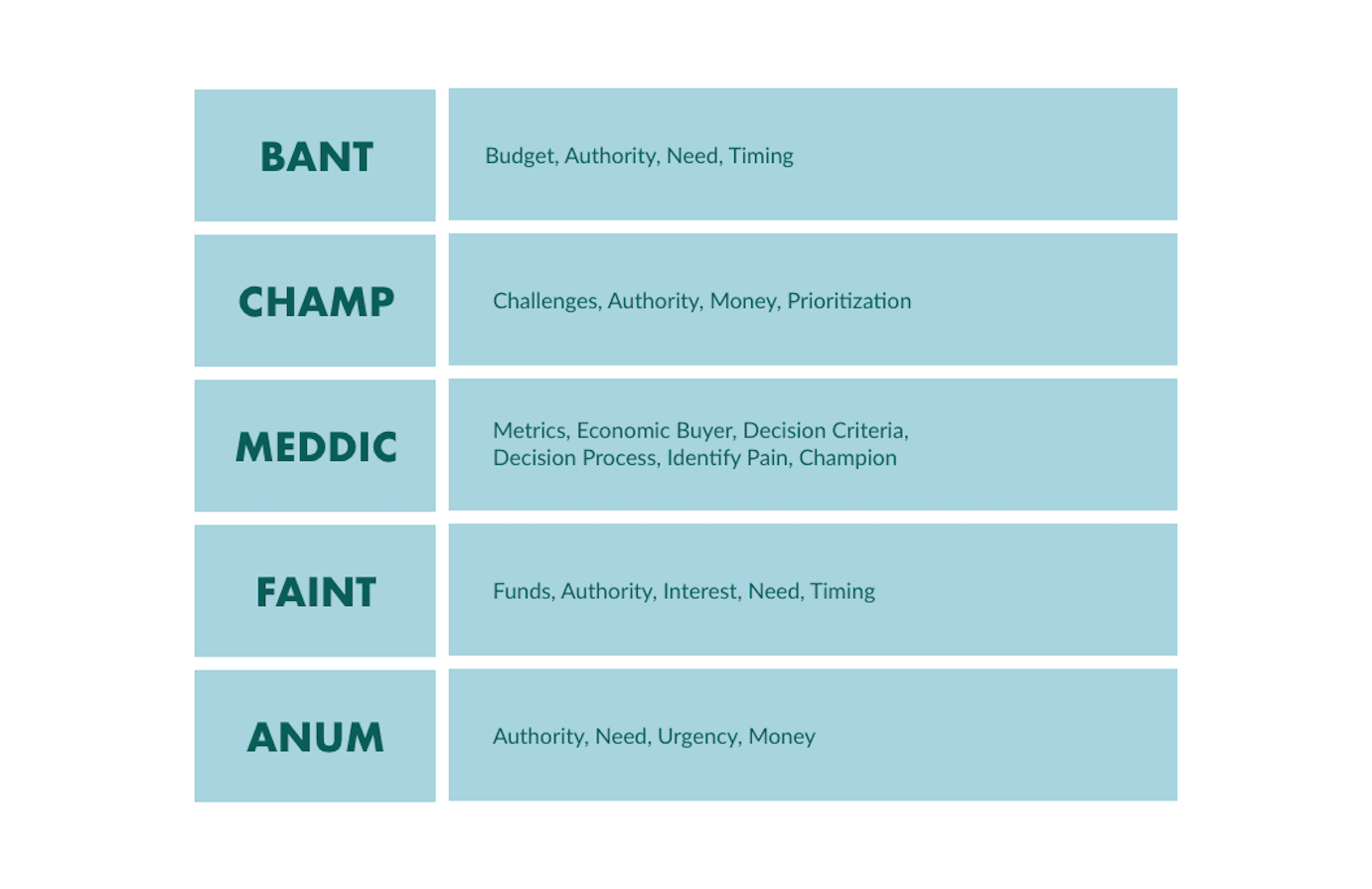
- BANT (Budget, Authority, Need, Timing).
The model is based on four questions:
Budget: Can a lead afford to buy your product or service?
Authority: Is this person a decision-maker?
Need: Does your solution fully solve their problem?
Timing: What’s their timeline for making a buying decision?
This is the oldest technique developed by IBM in 1960s, which means it needs some adjustment to fit today’s sales processes. The traditional model has become less popular with time.
- CHAMP (Challenges, Authority, Money, Prioritization).
The framework prioritizes leads’ challenges and pain points. It’s less important who makes purchasing decisions when there’s a real need for a solution like yours.
Challenges: What challenges have nudged your lead to turn to your brand?
Authority: Is the person involved in the decision-making process?
Money: Do they have a budget allocated for the solution?
Prioritization: How important is budget for them to solve the problem?
- MEDDIC (Metrics, Economic Buyer, Decision Criteria, Decision Process, Identify Pain, Champion).
Being initially developed for enterprises, the MEDDIC technique focuses on the complex problem-solving processes of every specific company. The framework emphasizes decision-makers and the benefits they get from the decision.
Metrics: How does your product or service help the lead’s company?
Economic Buyer: Who makes the final decision?
Decision Criteria: What factors affect their decision?
Decision Process: What steps do the stakeholders need to take to make a decision?
Identify Plan: Why do they need your product or service?
Champion: Which of the stakeholders is going to advocate for your brand?
- FAINT (Funds, Authority, Interest, Need, Timing).
The approach shifts the focus from the budget a lead can afford to allocate to solve their problem to their business size and cash flow.
Funds: What’s the company’s financial capacity?
Authority: Are you talking to the decision-maker?
Interest: What makes them consider your solution? Do they have a clear idea of how your product can help them?
Need: What business problems would your solution help them solve?
Timing: What’s a timeframe for the implementation of the solution?
- ANUM (Authority, Need, Urgency, Money).
Composed of similar components to BANT, the order of elements in this framework is crucial. Instead of prioritizing a prospect’s budget, the framework suggests focusing on the power of decision-makers.
Authority: Who is the decision-maker? What should you do to build credibility among the key decision-makers?
Need: Does your product or service solve their problem(s)?
Urgency: When are they planning to implement the solution?
Money: Do they have the budget to purchase the solution?
Which framework sounds like it’s for you?
There’s no best strategy. Pick one as a template that can be developed to serve your company’s objectives.
18 key questions to qualify a lead
Whatever lead qualification framework you choose, you’ll see there are similar factors being involved in each of them, namely:
- Whether the company fits your buyer persona;
- Whether there’s a specific need your company can satisfy;
- Whether your contact is a decision-maker.
This means that you can always split the qualification process into three levels:
- Organization level
- Opportunity level
- Stakeholder level
Let’s have a look at 18 questions that will help you qualify leads at every level.
Organization level
A lead has filled in a form on your website. You know their name, email address, and company website. It can be that you already have information on their company size and approximate profits. Or you’ll learn this information after visiting their LinkedIn profile and browsing the website.
It’s too early for a discovery call yet. It’s your first step into the qualification process, which will indicate whether it makes sense to reach out at all.
To learn whether a lead’s company is the right fit for your business, ask yourself the following questions:
- How long have they been operating?
- What is their company size?
- What is their industry?
- Where are they located?
Do you have more qualifying questions to add this list? Just take a look at your ideal customer profile (you have it, right?). Are there more criteria that characterize your ideal potential customers?
Opportunity level
Next, you should evaluate the opportunity. Can your company help the lead solve their problem?
And, more importantly, is the lead interested in what you have to offer to them?
Even if it seems to you that the organization fits your customer profile perfectly, this might not be so obvious to them.
While the organization-level qualification is aimed at determining whether the lead should be contacted at all, at the opportunity-level, it’s getting more serious. You not only estimate the lead quality, but also get clues on how you should approach them in further conversations.
At this stage, you need to talk to the lead. It’s time to learn about their pain points, concerns, and requirements.
Here are 8 questions you should ask your leads to qualify them at the opportunity level:
- What challenge(s) do you want to address with our solution?
- Have you previously considered such solutions?
- How are you currently resolving the problems you’re facing?
- What has prevented you from trying to solve the problem until now?
- Are you looking at any other possible solutions?
- What concerns do you have?
- What is your timeline for the implementation?
- When should I follow up next time?
A qualified lead should have a nagging pain point that prevents them from achieving their goals. Therefore, you need to ask the lead to describe their challenges in the first place.
Then, it’s important to identify what holds them back from solving the problem. Is that a budget? Or maybe they were frustrated by a solution they implemented previously?
In big companies and enterprises, the decision-making process can take months and even years. To prioritize the opportunity, ask about the purchase process timeline in their organization.
Stakeholder level
Finally, you’ll want to know whether you can influence the decisions of the key stakeholders in the organization.
To make your offer sound appealing to the decision-makers, you need to learn about their priorities. Use a discovery call with your contact to collect all the necessary information.
Ask the right questions to understand the decision-making structure in the lead’s company and identify people who define criteria for the purchase decision:
- Do you participate in the decision-making process?
- Who else is involved in making a decision on such a purchase?
- Have you already discussed the solution with other stakeholders?
- Are they already interested in the purchase?
- What does the approval process look like?
- What is the next step after you decide our product is the right fit for your company?
If your contact isn’t involved in the decision-making process, it implies a set of challenges you’ll need to address, but it doesn’t necessarily mean your lead isn’t the right fit. It means you’ll need to find a way to connect with a decision-maker.
It’s worth highlighting that decision-makers are rarely affected by the pain points of people who would benefit from buying a product or service. However, it’s important for them to see the value of the solution to their teams and the company overall.
What’s next?
You have the answers. But what’s next?
How do you use the information to qualify leads properly?
This is where the framework you’ve selected previously comes in handy. It helps you to set and prioritize criteria that your leads should or shouldn’t meet.
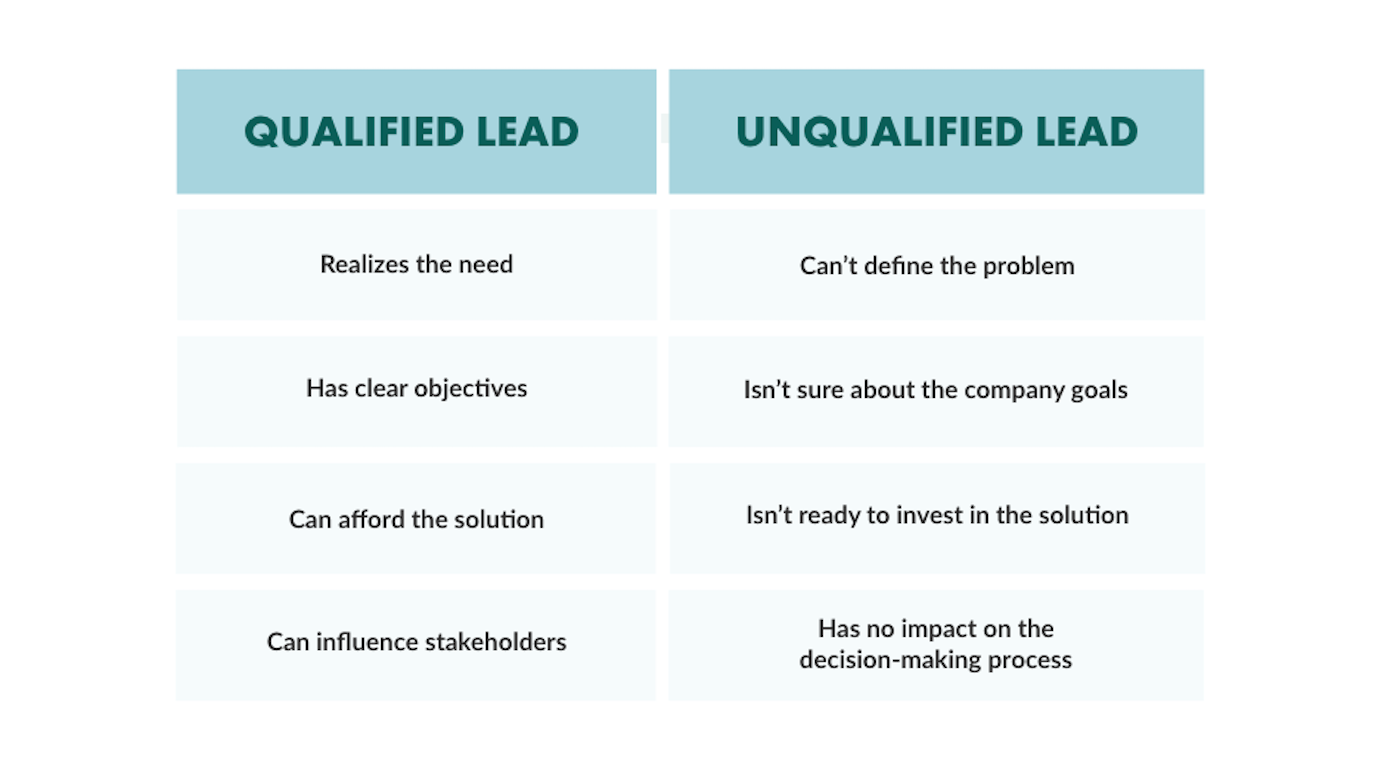
Think of red flags that might indicate that a lead isn’t the right fit for your business. Have a look at the answers you’ve collected and filter out irrelevant contacts.
When you have a list of leads who fit your customer profile, understand their pain points, and show interest in your business, proceed to lead scoring.
Conclusion
We don’t recommend that you skip lead qualification under any circumstances. Hopefully, you’ve got enough facts and statistics that prove the importance of the process for your business.
To get reliable information on sales opportunities, you only need to ask the right questions. Allocate some time to talk to your leads, and you won’t find yourself in a situation where you spend days and weeks on leads that never convert.
Having the whole process documented allows you to perform lead qualification more and more effectively every time you do it. And modern CRM technology can help you to easily compile and store all the necessary data and successfully use it for the next step – lead nurturing.
